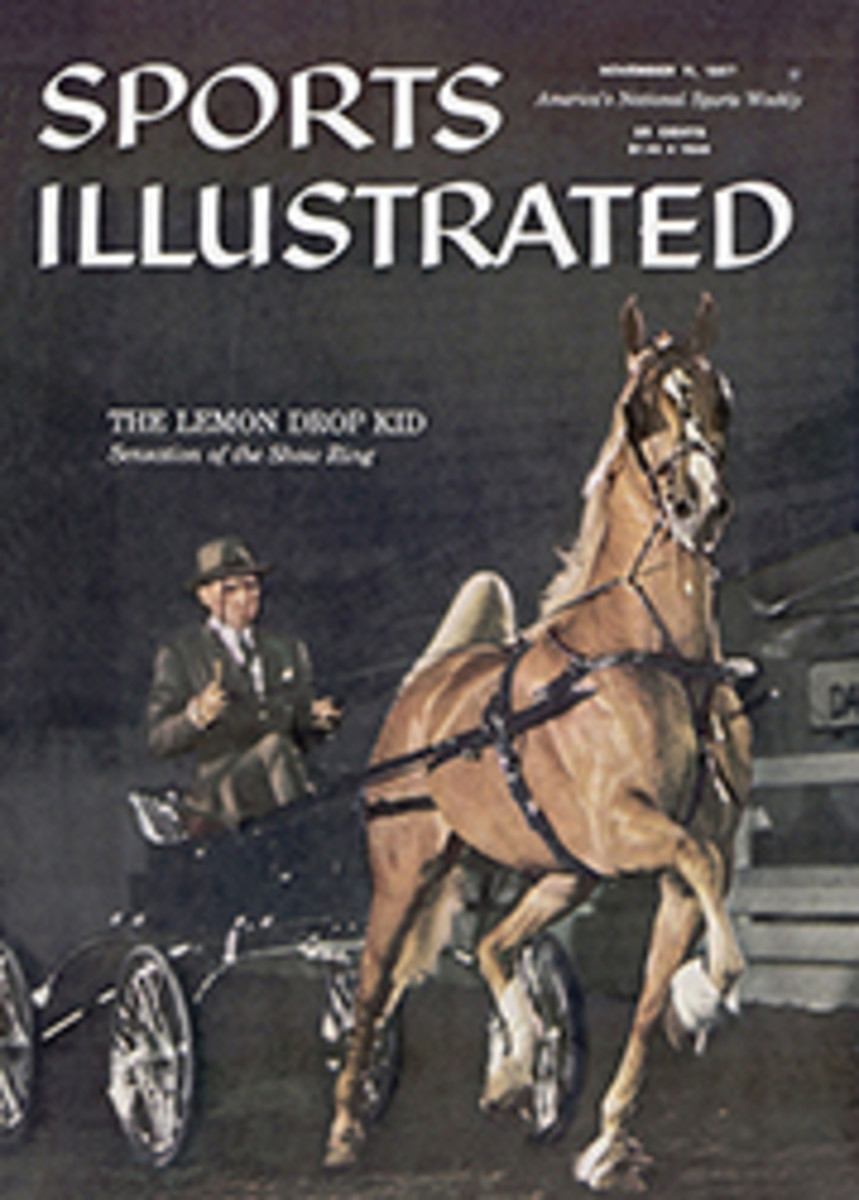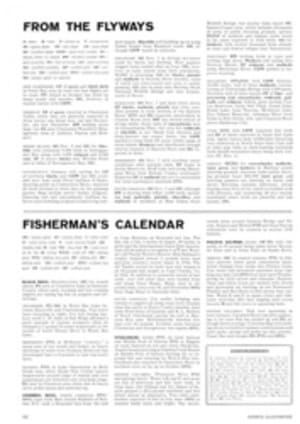
THE GREAT ROAD TEST
They're off in race to Paris was the headline that greeted readers of The New York Times on Feb. 13, 1908, the morning after six automobiles had left Times Square and chugged up Broadway en route to Paris.
The betting was even money that not one car would reach Paris, for the automobile was still a novelty and had yet to be tested under the severe conditions that lay ahead. The plan of the race called for the crossing of the continent to San Francisco, whence cars would be shipped via Seattle to Valdez, Alaska; then motoring to Nome by road and getting across the Bering Strait by any means (possibly on the ice) to Siberia; and thence proceeding to Moscow, Berlin and Paris—a total of some 14,000 miles over unpaved roads.
In the field were three French cars, one Italian (a Zust), one German (a Protos) and the American entry, a four-cylinder, 60-hp Thomas Flyer. Largest of the lot was the 6,000-pound Protos; smallest was the 15-hp one-cylinder French Sizaire-Naudin, soon to peter out in upstate New York.
Each car carried a crew of three men equipped with heavy clothing for arctic wear and each car was laden with baggage and emergency gear.
Perched high in the front seat of the Thomas Flyer were Montague Roberts, a racing driver who died recently, and George Schuster, a mechanic.
The Thomas took an early lead, made Hudson, N.Y. (116 miles from Times Square) the first night and next day headed west for Chicago, bucking snowdrifts all the way. Worse than the snow was the "gumbo" mud of Iowa. It was here that the French Moto-Bloc got hopelessly mired, and quit. In Cheyenne an exhausted Roberts turned the Thomas over to Schuster and went home. Schuster reached San Francisco 12 days ahead of the field, 42 days out of New York. He then shipped to Alaska but, finding the roads impassable, returned to Seattle.
He learned that the Germans, who had broken down in Idaho, had sent the Protos by flatcar to Seattle (thereby receiving a 15-day penalty) and had sailed with the French and Italian entries for Vladivostok. Schuster, however, was credited with 15 days for his effort to follow the planned route, and now had 30 days over the Germans.
He and the Thomas sailed for Kobe, Japan, crossed to Tsuruga under their own power and then shipped to Vladivostok where they caught up with the others on May 22. Just as the long trek to Paris (8,280 miles) was about to start, the remaining French car (De Dion) withdrew, and now there were only three. It soon became a two-car race, however, as the Zust fell behind.
The incredible thing is that any car made it, for they had to wander across hundreds of miles of roadless country, bore through vast swamps far worse than the gumbo of Iowa and even take to the tracks of the Trans-Siberian Railway. Once, on a 420-mile leg on the tracks, Schuster drove into a tunnel, heard a train approaching from the other end and backed out into the clear and over an embankment just in time.
The two cars played tag across Asia. Nearing Moscow the Americans had a one-day lead but the Thomas stripped its gears (for the third time) and was delayed five days. On July 30 the Americans rolled into Paris four days behind the Germans, but because of their 30-day allowance the Thomas Flyer was declared the official winner by 26 days. Only two men went all the way from New York to Paris—George Schuster and Lieutenant Koeppen of the Protos. But they proved, at last, the durability of the automobile.

